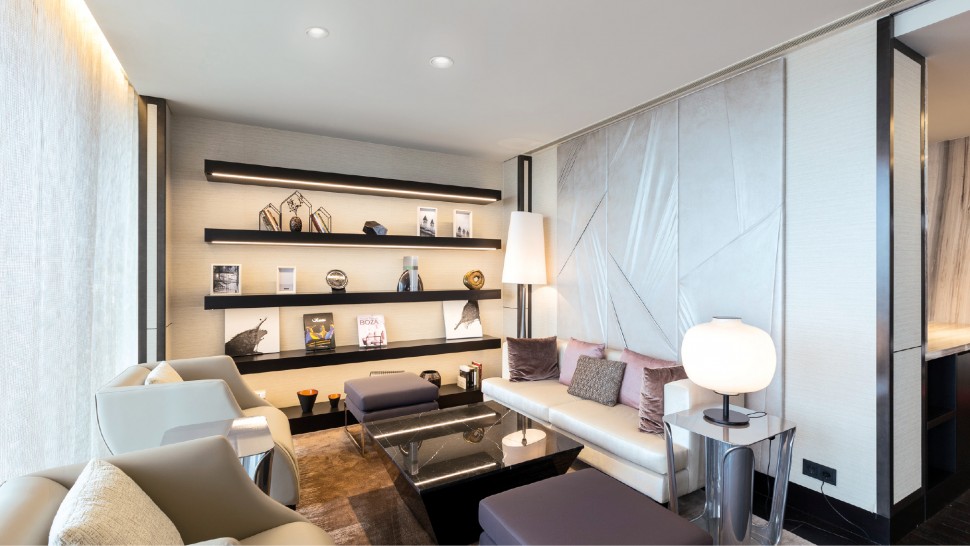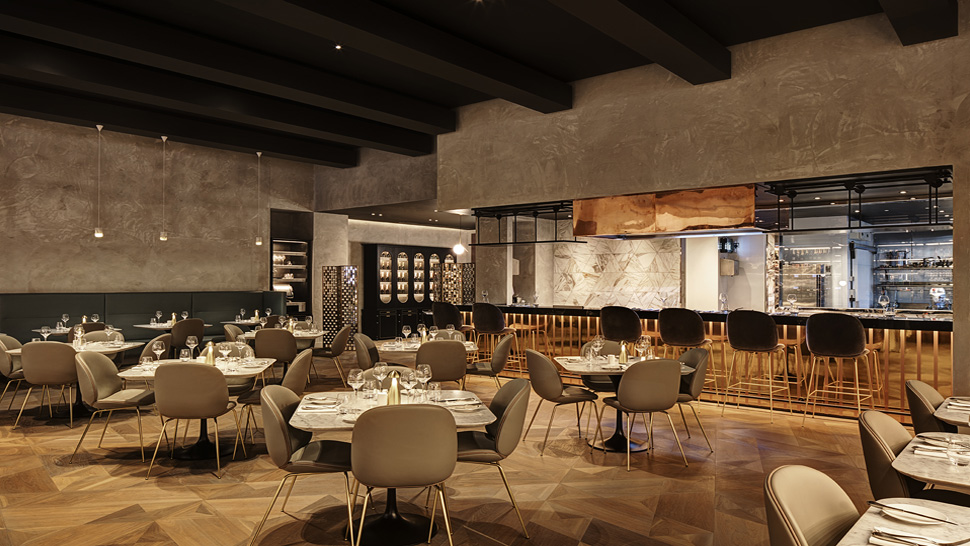When halogen and other incandescent lamps are dimmed they also invariably change colour to a warmer colour temperature – known as ‘warm dimming or ‘dim to warm’.
This phenomenon is now considered by many as desirable in numerous applications. These include the hospitality and residential sectors, covering hotels, restaurants and private homes in particular, where the purpose of dimming is typically to change the ambience to something that is warmer and ‘cosier’. Clearly a warmer colour temperature will further enhance this effect.
The solution we propose is to combine this two chips in the ‘chip-on-board’ LED so that together these would span a lumen package spectrum capable of providing the maximum designed output when required, while also being able to reproduce the same diffused ambient lighting naturally created when dimming incandescent light sources.
In this arrangement, the power source is a single driver that gradually reduces the amperage input according to the light output desire. As the power to the chips is reduced the temperature mix of their individually fixed colour temperatures is automatically balanced accordingly. A gradually decreasing sliding scale starting from the higher and ending at the lower of the two maximum and minimum values coincides exactly with the combined degrees of light output and dimming selected.
This technology can offer a dimming range from 100% down to 10% with a very smooth colour temperature change from a maximum of 3000K to a minimum of 2000K. Crucially, high lumen maintenance is achieved throughout the warranty period of the lamp (typically five years).
While the primary purpose of developing such a twin chip lamp has been to meet the warm dimming needs of the hospitality and residential sectors it does also deliver other very worthwhile benefits in terms of both energy performance and lamp life.







